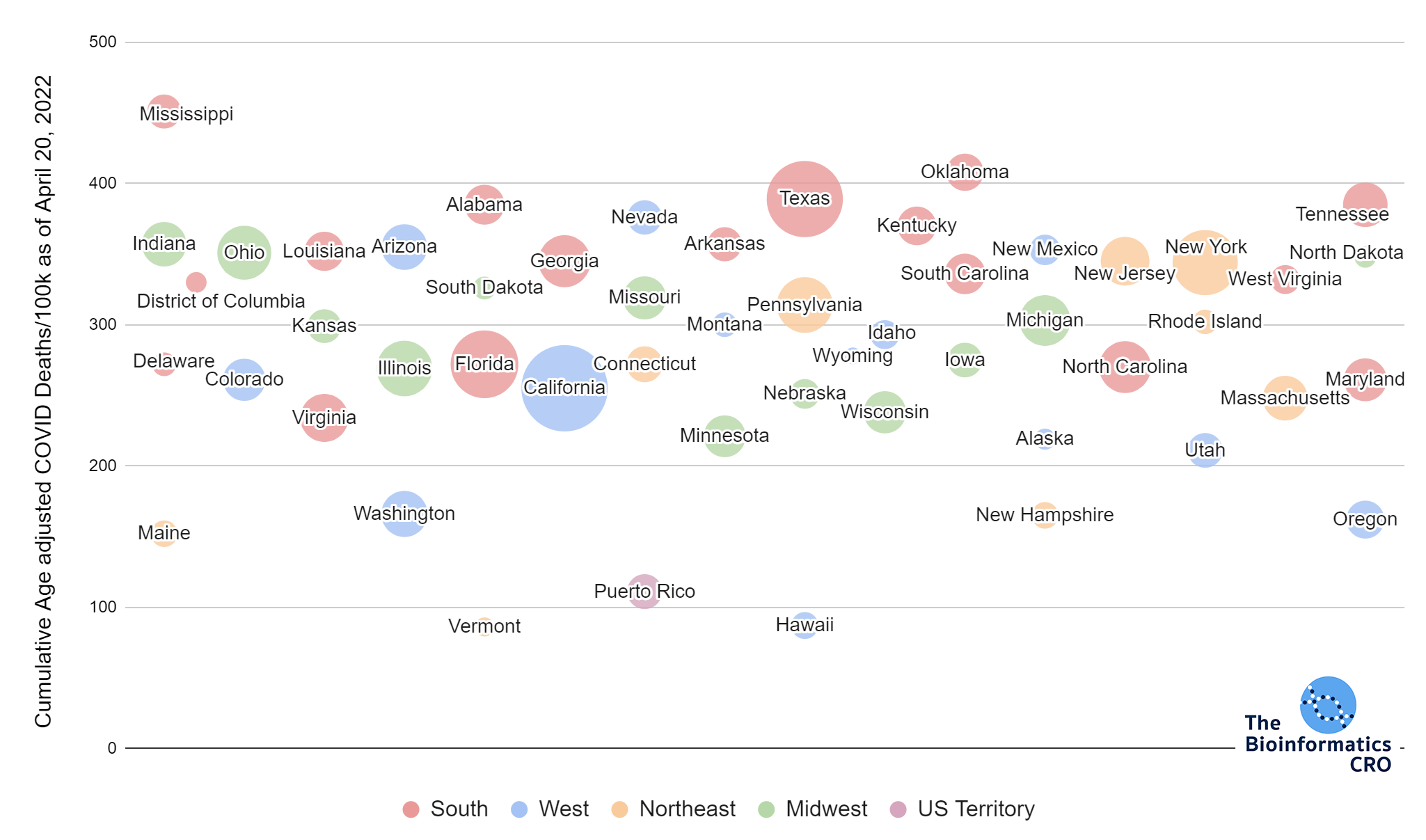Sure. Not all of them recent, but-
-Cloth masks are significantly less effective than medical.
-Public NPI strategies are less effective than they seem. Even if they have a tremendous impact outside the home, the net impact is less because the inside the home transmissibility stays the same.
-The restrictions on outdoor activity went way too far, and may have actually increased transmission.
-Overall we were way too hard on kids and way too easy on adults.
-At some point, give up on the expensive NPI. The cost is the same, but you’ve already infected so many people there isn’t much benefit left to be had.
How about you?
-We couldn't develop and deploy a vaccine in under a year. The deployment would be logistically difficult because of the vaccine stability temperatures.
-While I predicted and timed and measured the depth of the stock market collapse perfectly, I was surprised how quickly the markets recovered. I underestimated that money didn't have anywhere to go.
-There may not be a herd immunity threshold. If there is one it's so high it's likely a target we keep moving away from as immunity (both vaccine and natural)fade. The peaks on the curves therefore seem to be more time based than the number of people who come down with it.
-Biden would be more capable than Trump of managing the end of the pandemic. While I think which one would have handled things better is debatable, I was surprised how stunningly bad Biden turned out to be in it
-Very harsh NPIs actually do work (whether the early ones in Europe or the early ones in Australia), at least against the prime. It's not just homes that make the NPIs difficult....it's work....you are spending almost as much time shoulder to shoulder with people if you are working in person. If you are working shoulder to shoulder with the fry cook at McDonald's who's sick, you are going to get it too. To be effective, you pretty much have to shut down everything except the most essential of services (read no liquor stores or weed shops or airplanes and trains or fast food or nonessential Amazon warehouses or another big one which ultimately led to Australia's undoing, construction). The problem with doing that is that it tanks your economy in a matter of weeks so can only be reserved for preserving the hospital system which is in danger of collapse.
-I'm surprised despite the promises we don't have variant specific booster yet
-I'm most surprised how much we don't know yet. Such as, how long do boosters work, what exactly is behind long COVID, a definitive word on Ivermectin one way or another (and HDQ for that matter, one way or another). I hadn't realized how much medicine really still is this much in the dark ages.







